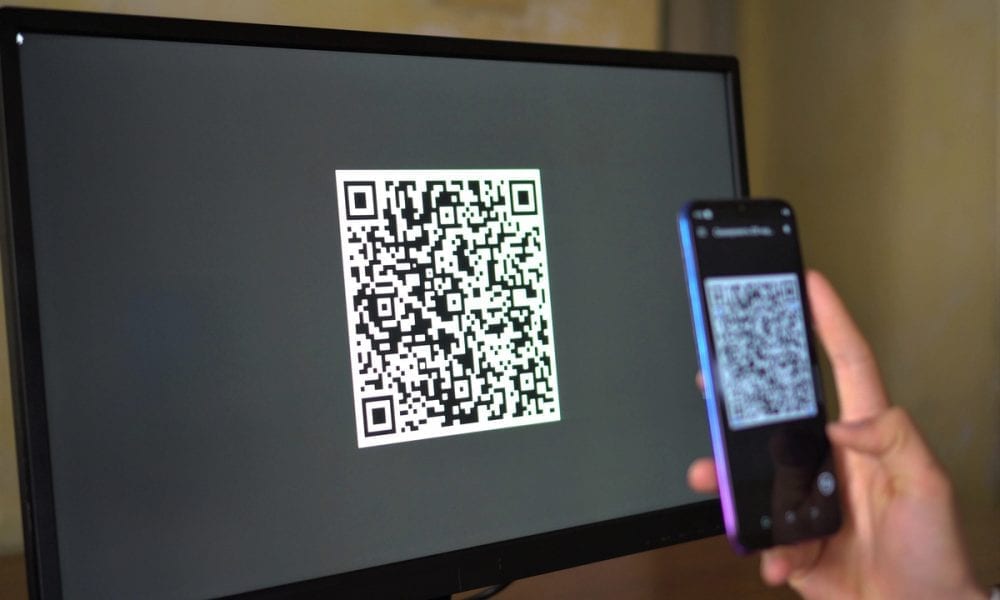Best Practices for Creating a PDF QR Code That Stands Out
In today’s digital world, businesses and individuals rely on quick and efficient ways to share documents. One of the most convenient methods is using a pdf to qr code, allowing users to access files instantly with a simple scan. Whether for marketing materials, user manuals, or reports, creating an effective QR code can make all the difference in ensuring easy access and engagement.
Understanding the Importance of a PDF QR Code
A pdf to qr code is a smart solution for sharing documents without the need for bulky attachments or long URLs. By using a pdf qr code generator, you can convert any PDF into a scannable code that can be placed on brochures, business cards, posters, or product packaging. This method enhances accessibility while maintaining a professional and clutter-free presentation.
To ensure your QR code is effective, it should be easy to scan, visually appealing, and function seamlessly across different devices. Below are some best practices to follow when creating a QR code for PDFs.
1. Ensure High-Quality QR Code Resolution
A blurry or pixelated QR code can make it difficult for users to scan and access your document. Always use a high-resolution qr code generator to ensure clarity. A vector format such as SVG or EPS is ideal for maintaining sharpness, regardless of size adjustments.
2. Optimize the PDF for Mobile Viewing
Since most users scan QR codes using their smartphones, the linked PDF should be mobile-friendly. Make sure the document is optimized with a simple layout, readable fonts, and compressed images to avoid slow loading times. Large files may deter users from engaging with the content.
3. Customize the QR Code Design
A standard black-and-white QR code works well, but adding branding elements can make it more appealing. Many qr code generator tools allow customization options such as color changes, embedded logos, or different patterns. A unique design helps in brand recognition and encourages more scans.

4. Test the QR Code Before Distribution
Before printing or sharing your QR code, always test it on multiple devices and scanning apps. This step ensures that the pdf to qr code works correctly and directs users to the intended document. Testing also helps identify potential issues such as broken links or slow-loading files.
5. Use a Short and Reliable URL
If your QR code is linked to a PDF hosted online, using a short and stable URL is crucial. Long or complicated URLs can make the QR code denser and harder to scan. Some qr code generator tools offer dynamic QR codes, allowing you to update the linked document without changing the QR code itself.
6. Place the QR Code Strategically
The effectiveness of a QR code depends on its visibility and accessibility. Place it in a prominent position where users can easily scan it without obstacles. For printed materials, ensure there is enough white space around the QR code to enhance scannability.
7. Provide a Clear Call to Action
Encouraging users to scan your QR code is essential. A simple call to action like “Scan to View PDF” or “Access Full Document Here” helps guide users. Adding a short description about what they will find in the PDF can also increase engagement.
8. Track and Analyze QR Code Performance
Many qr code generator tools offer tracking features to monitor scans, locations, and user engagement. Analyzing these metrics can help optimize future QR code campaigns, ensuring better reach and usability.
Conclusion
Creating an effective pdf to qr code requires careful planning and attention to detail. By using a reliable pdf qr code generator, optimizing document readability, and testing for usability, you can enhance user experience and improve engagement. Implementing these best practices ensures that your QR code stands out and delivers the intended value. Whether for marketing, business, or educational purposes, a well-designed QR code makes sharing PDFs easier and more efficient.





